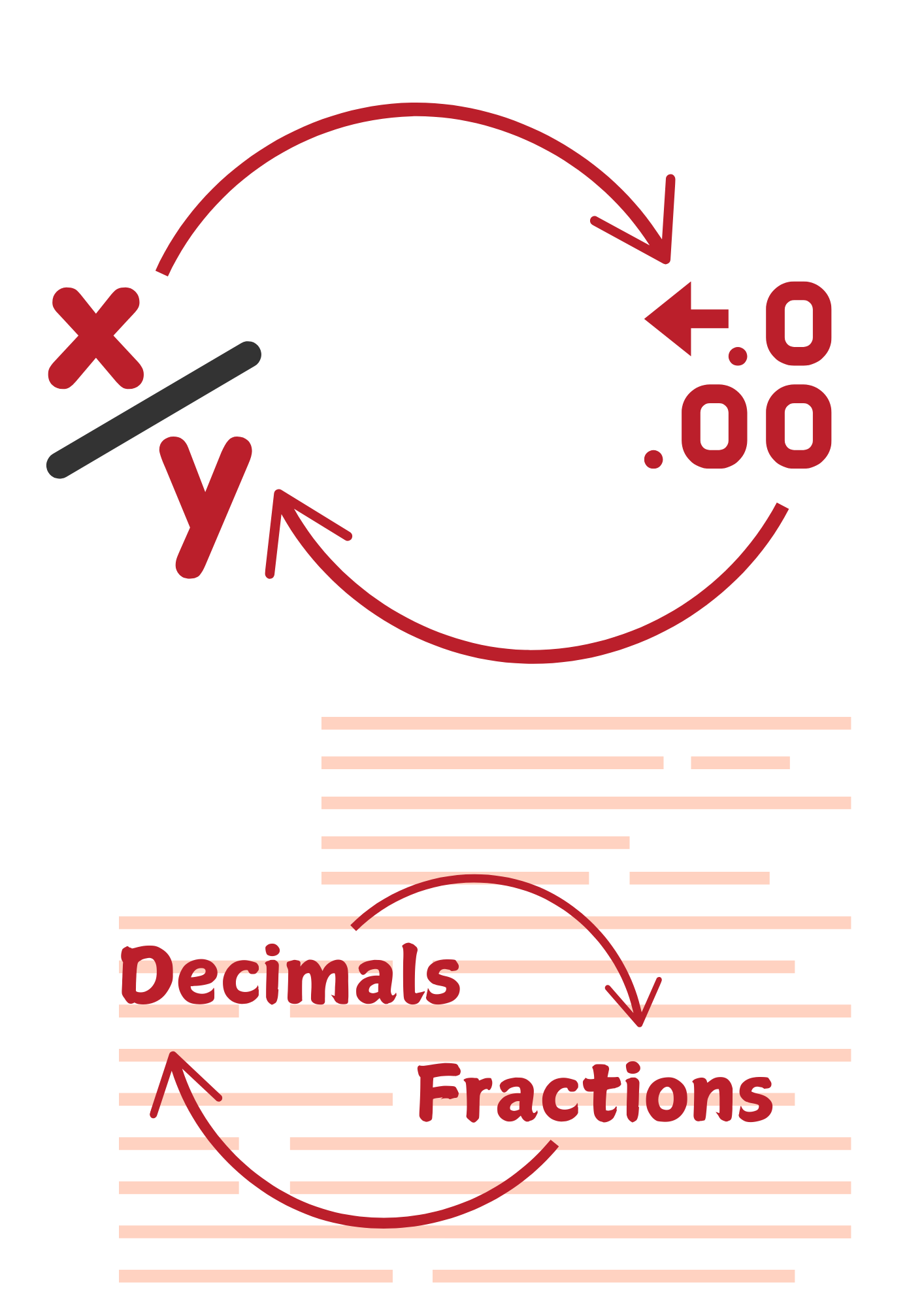
Have you ever seen a decimal like 0.333... or 0.727272... and wondered if there’s a way to write it as a fraction? The good news is—yes, there is! Every repeating decimal can be converted into a fraction using a simple process.
Repeating decimals are just fractions in disguise! They occur when a fraction’s denominator doesn’t divide evenly into the numerator, causing a pattern in the decimal form. For example, 1 ÷ 3 = 0.333..., where 3 keeps repeating forever.

Let’s take 0.727272... as an example and turn it into a fraction step by step:
Set the decimal equal to a variable:
Let x = 0.727272...
Multiply by a power of 10 to shift the repeating part:
Since the repeating block has two digits, multiply both sides by 100 to move the decimal two places:
100x = 72.727272...
Subtract the original equation from this new equation:
100x=72.727272...
−x=0.727272...
99x=72
Solve for x:
x=72÷99
Simplify the fraction:
The greatest common divisor (GCD) of 72 and 99 is 9, so divide both by 9:
x=11/8
So, 0.727272... = 8/11 as a fraction!
This part is even easier! Just divide the numerator by the denominator. For example:
8/11=8÷11=0.727272...
And that’s it! You now know how to switch between repeating decimals and fractions. It’s a simple trick that makes numbers much easier to work with!
Let's explore how to turn repeating decimals into fractions!
For a limited time
